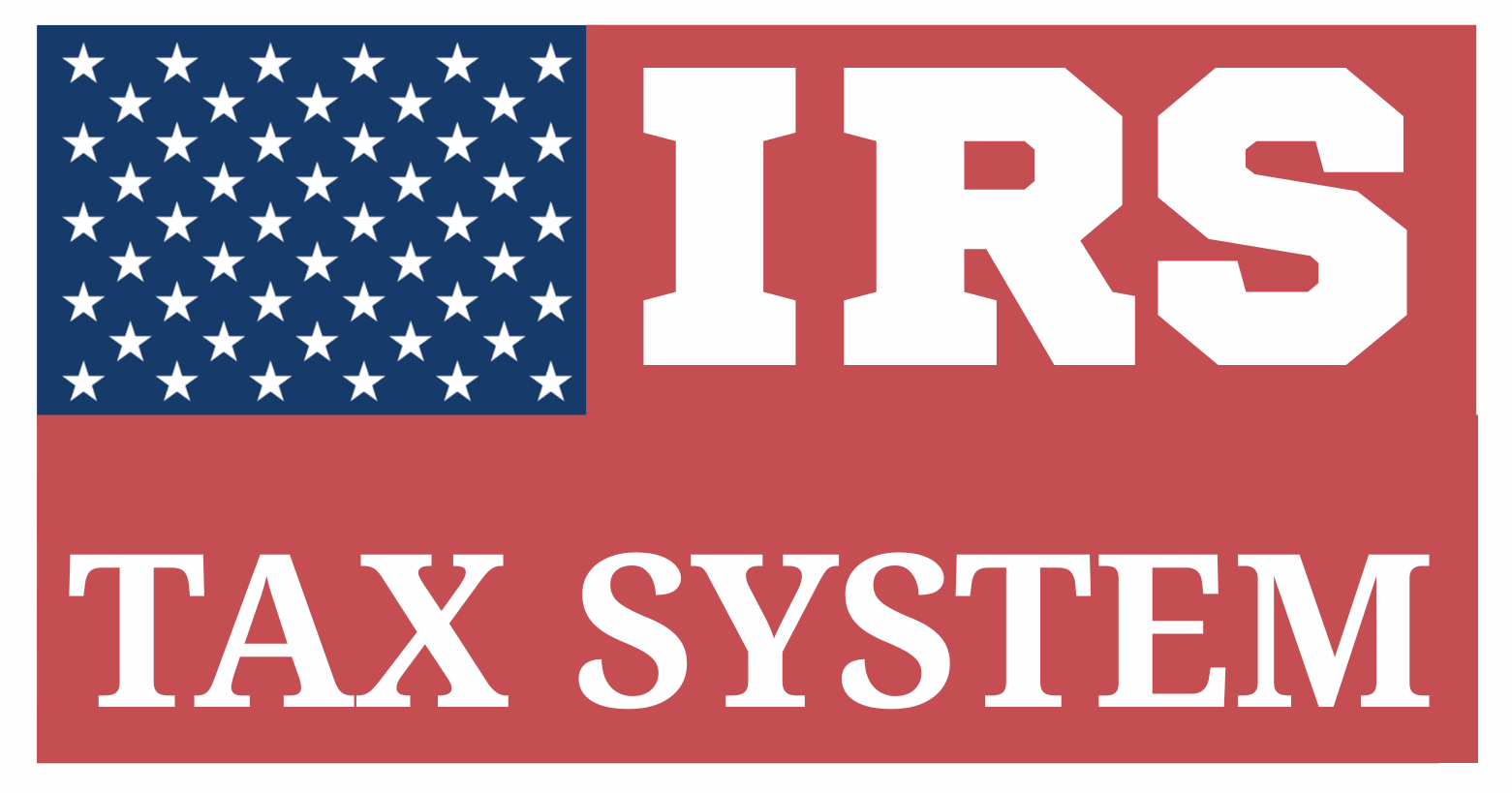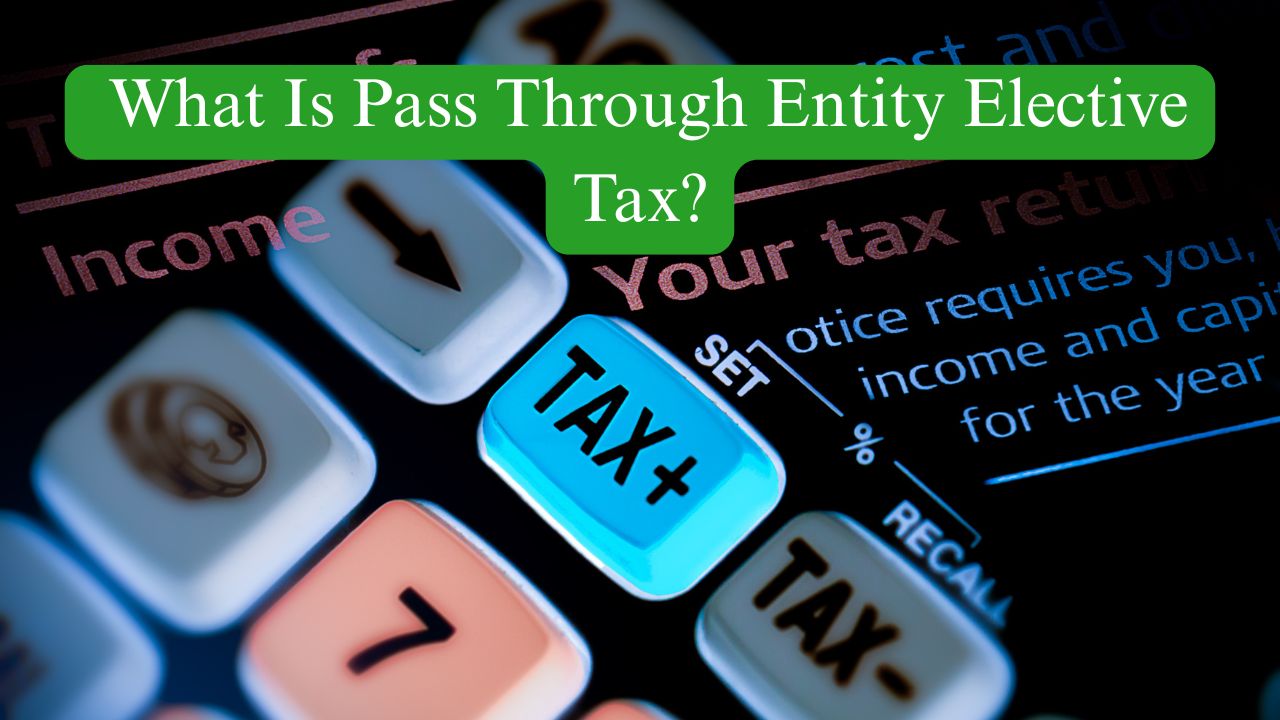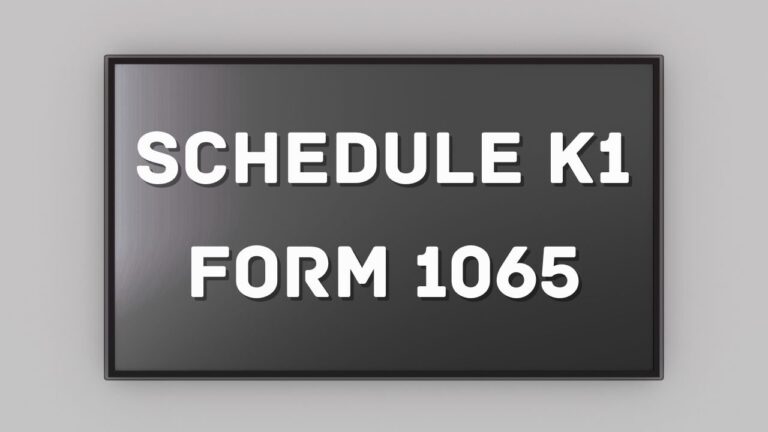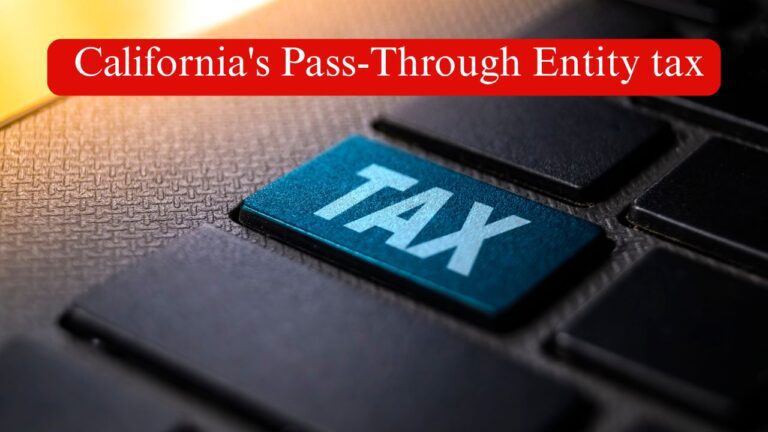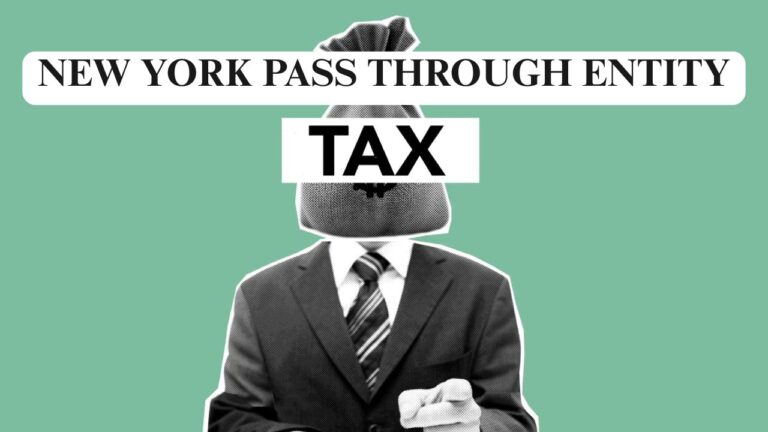What Is Pass Through Entity Elective Tax? Authentic Overview 2025
Table of Contents
The Pass Through Entity Elective Tax (PTET) is a state-level tax mechanism that allows certain businesses classified as pass-through entities—such as partnerships, S corporations, and limited liability companies (LLCs) treated as such—to elect to pay state income tax at the entity level rather than at the individual owner level. This tax structure is designed in response to the federal $10,000 cap on the State and Local Tax (SALT) deduction, a limitation imposed by the Tax Cuts and Jobs Act of 2017.
Under normal circumstances, income earned by pass-through entities is not taxed at the entity level. Instead, it “passes through” to the individual owners’ personal tax returns, where state taxes are paid. However, due to the SALT deduction cap, many business owners in high-tax states were no longer able to deduct the full amount of their state and local taxes on their federal returns.
This election is voluntary and must be made annually in states that offer it. While details vary by state, most PTET regimes require the business to calculate its tax based on income allocable to its owners who are subject to state tax. The entity then pays the tax directly and reports each owner’s share of income and tax paid via a Schedule K-1 or similar form.
Many states, including California, New York, New Jersey, Illinois, and Michigan, have adopted PTET frameworks, making them a valuable tax planning tool for eligible businesses. However, businesses must weigh the benefits and complexities carefully, as opting in may affect estimated payments, distributions, or individual state credits.
Key Highlights of the Pass Through Entity Elective Tax: A Detailed Overview

The Pass-Through Entity (PTE) Elective Tax has emerged as a significant tax strategy that allows eligible businesses to optimize their tax position under federal law. Introduced in response to the federal $10,000 cap on State and Local Tax (SALT) deductions, this elective tax enables pass-through entities—like partnerships, S corporations, and LLCs taxed as such—to pay state income tax at the entity level, offering federal deduction benefits to the business owners. Below are the key highlights of this tax structure:
Entity-Level Taxation for Federal Benefit
One of the primary features of the PTE elective tax is that it allows the business, rather than its individual owners, to pay the state income tax. This tax payment is treated as a deductible business expense at the federal level, helping owners effectively bypass the federal SALT deduction cap, which limits individual itemized deductions for state and local taxes to $10,000 annually.
Voluntary Annual Election
The PTE tax is not mandatory. Eligible businesses must affirmatively elect to participate—usually through a state’s tax portal or via specific election forms. The election must typically be made each tax year by a set deadline (often with the original return or an extension request), and once made, it may be irrevocable for that year.
Applies to Pass-Through Entities Only
This tax regime is available only to pass-through entities, such as partnerships, S corporations, and certain LLCs. These businesses do not pay federal income taxes themselves under default rules but instead “pass through” their income to their owners, who report it on personal tax returns. The elective PTE tax modifies this at the state level without affecting federal classification.
State-by-State Adoption and Variation
Although originally sparked by IRS Notice 2020-75, which confirmed the federal deductibility of these taxes, the PTE elective tax is governed at the state level, and implementation differs widely. States like California, New York, New Jersey, Michigan, and Illinois have adopted their own PTE tax regimes, each with unique rates, thresholds, forms, and deadlines. Businesses operating in multiple states must review each jurisdiction’s rules individually.
Owners Receive Credits or Adjustments
In the majority of states, the tax paid at the entity level is credited to the electing entity’s individual owners on their personal state income tax return. This prevents double taxation and ensures that the total state tax liability remains consistent. In some cases, the entity’s tax payment may also reduce an owner’s estimated tax obligation.
Estimated Payments May Be Required
Quarterly estimated PTE tax payments are frequently required of electing entities. failure to do so may lead to penalties and charges. States usually require these payments if the total expected liability exceeds a specific threshold (e.g., $500 or $1,000), and they must be paid on a predetermined schedule throughout the year.
Use of Designated Forms and Portals
Each state provides specific forms for electing and paying the PTE tax (e.g., Form 5773 in Michigan, Form PTE in California, etc.). In many cases, elections and payments must be made through state-specific online platforms such as Michigan Treasury Online (MTO) or New York’s Online Services portal.
Strategic Tax Planning Tool
The PTE tax election has become an important tool for business tax advisors and CPAs, as it offers a legal, IRS-approved way to maximize federal deductions without increasing actual tax liability. Businesses with high-income owners, particularly in high-tax states, often stand to gain the most.
In summary, the Pass-Through Entity Elective Tax is a flexible, state-administered solution designed to restore deductibility of state income taxes at the federal level, enhancing tax efficiency for qualified pass-through businesses and their owners. Its increasing adoption nationwide reflects its value as a strategic tax-planning mechanism.
Potential Risks and Limitations of the Pass-Through Entity (PTE) Elective Tax
While the Pass-Through Entity Elective Tax (PTE tax) offers significant federal tax benefits—especially for high-income earners in high-tax states—it also comes with several risks and limitations that businesses must carefully evaluate before making the election. The decision to opt into this regime should be based on a clear understanding of its possible drawbacks, both in terms of complexity and potential financial impact. some key points associated with the PTE elective tax mentioned below:
Irrevocability of Election for the Tax Year
In most states, once a pass-through entity elects into the PTE tax regime for a given tax year, the election is irrevocable. This means that the business cannot change its mind later in the year, even if circumstances shift or the election turns out to be financially disadvantageous. Therefore, entities must fully assess their eligibility, projected income, and member composition before making the election.
Varying State Treatment and Complexity
One of the most significant limitations of the PTE tax is its lack of uniformity across states. Each participating state has its own rules, election procedures, tax rates, filing forms, and credit structures. For multi-state businesses, this creates administrative burdens and increased compliance costs. Navigating multiple, non-aligned state systems requires more advanced tax planning and accurate recordkeeping.
Non-Resident Member Exclusions or Restrictions
Some states may limit the benefits of the PTE tax to resident owners only, or impose additional rules for non-residents. For example, if an entity has out-of-state members who don’t receive reciprocal credits or cannot fully use the tax paid by the entity, they may be disadvantaged or face double taxation. This is especially problematic for entities with a diverse or mobile ownership base.
Cash Flow and Timing Concerns
Because the PTE tax must be paid at the entity level, businesses are responsible for making estimated payments and annual filings, regardless of whether they have distributed sufficient funds to their owners to cover these obligations. This may strain the entity’s cash flow, particularly if the tax liability is high but income is not yet realized or distributed.
Limited Federal Guidance and Future Uncertainty
Although IRS Notice 2020-75 confirmed the federal deductibility of PTE taxes paid at the entity level, there is no permanent federal legislation guaranteeing this treatment. Future changes in tax law could eliminate or restrict the benefit, potentially reducing the long-term value of participation in the PTE regime.
Estimated Payment Penalties
Entities that fail to make timely quarterly estimated payments may be subject to interest and penalties, even if they ultimately file and pay their annual PTE tax liability. States typically require payments to be made based on projected income, and miscalculations or cash flow issues can result in additional costs.
Owner-Level Credit Complications
While most states provide a credit to owners for their share of the PTE tax paid, the credit may not fully offset their individual tax obligations in certain cases—especially if owners are subject to alternative minimum tax (AMT), limitations on credits, or reside in states that do not recognize other state PTE credits. This may lead to inefficient tax outcomes or reduced tax savings.
Administrative and Compliance Burden
Implementing the PTE tax involves additional layers of reporting, such as maintaining detailed partner-level allocations, updating K-1s with credit information, and filing extra forms with the state. Small businesses without dedicated tax support may find the compliance workload significant and costly to manage.
In conclusion, while the PTE elective tax offers substantial federal tax benefits, it is not universally advantageous for all entities. Business owners and tax professionals must weigh these risks and limitations carefully and perform a cost-benefit analysis tailored to their entity’s structure, ownership, and multi-state operations before opting in.
How the Pass-Through Entity (PTE) Elective Tax Works
The Pass-Through Entity (PTE) Elective Tax is a strategic tax mechanism that enables certain pass-through businesses—such as partnerships, S corporations, and LLCs taxed as such—to pay state income tax at the fund level income. This structure was created in response to the federal $10,000 State and Local Tax (SALT) deduction cap, allowing owners of eligible businesses to circumvent the cap and reclaim federal deductibility on state tax payments.
1. Election by Eligible Entity
Each tax year, the pass-through entity must elect to participate in the PTE tax system through a formal process set by the state. This often involves filing an election form or selecting the option through an online state tax portal. The election is typically voluntary and irrevocable for the year and must be made by a specified deadline (commonly by the extended due date of the return or earlier).
2. Entity Pays State Tax on Owner’s Share of Income
Once the election is made, the pass-through entity becomes responsible for paying state income tax on the total amount of income allocated to its owners, whether they are partners, shareholders, or members. The tax is calculated at a specific rate determined by the state, and this tax payment is made at the entity level, rather than flowing through to the owners for individual payment.
3. Tax Deductibility at the Federal Level
The tax paid by the entity is treated as a business expense for federal income tax purposes. According to IRS Notice 2020-75, such payments are fully deductible by the entity, thus reducing its federal taxable income. This allows the owners to benefit indirectly by receiving a larger deduction at the federal level, avoiding the impact of the SALT deduction cap imposed on individuals.
4. Owners Receive State Tax Credits or Adjustments
To avoid double taxation, most states provide a credit or exclusion to the individual owners on their personal state tax returns. This credit typically reflects their share of the tax already paid by the entity, ensuring they do not pay the same tax again personally. The amount credited depends on the owner’s income allocation and residency status.
5. Reporting and Compliance
The entity must report the PTE tax paid as part of its annual state tax filings. It typically uses designated forms such as a PTE-specific return, along with the usual partnership or S corporation return (e.g., Form 1065 or 1120-S). Owners are issued revised Schedule K-1s or equivalent documents showing their share of income and the taxes paid on their behalf.
6. Estimated Tax Payments May Be Required
Most states require the entity to make quarterly estimated payments if the projected PTE tax liability exceeds a threshold (e.g., $500 or $1,000). These payments are due at scheduled intervals, and failure to remit them timely may lead to penalties and interest.
7. Multi-State Complications
For businesses operating in multiple states, PTE elective tax rules vary widely. Some states allow credits for taxes paid to other jurisdictions, while others don’t. Also, nonresident owners may not fully benefit from the election if their home state doesn’t recognize the entity-level payment.
8. Benefits Realized on Federal Return
The final outcome is a reduction in the entity’s federal taxable income, due to the deductibility of the state-level tax paid. This, in turn, reduces the amount of income passed through to the owners on a federal level, potentially lowering the overall federal tax burden of the owners.
Annual Re-Election Required
Most of the states need the entity to file their election each tax year.. Therefore, businesses must annually evaluate their income, owner composition, and expected benefits before deciding to opt in again.
In summary, the PTE Elective Tax allows pass-through businesses to pay state income tax at the entity level, offering their owners an indirect federal deduction that would otherwise be limited under the SALT cap. While it provides significant federal tax savings, the process involves detailed compliance steps and careful planning to ensure all owners benefit appropriately.
Example of PTE Elective Tax
A partnership in a state with a 5% PTE tax rate earns $800,000 in net income for the year. The business elects to pay PTE tax.
- Tax Due at Entity Level:
$800,000 × 5% = $40,000 - Number of Partners: 4
Each partner owns 25%. - Credit Per Partner:
$40,000 ÷ 4 = $10,000
The partnership pays $40,000 directly to the state. Each partner gets a $10,000 credit on their individual state tax return, and the entity deducts the $40,000 on its federal return, reducing taxable income.
Which States Offer a Pass-Through Entity (PTE) Tax Election?
In response to the $10,000 federal cap on state and local tax (SALT) deductions imposed by the Tax Cuts and Jobs Act (TCJA) of 2017, many U.S. states have enacted Pass-Through Entity (PTE) tax elections. These elections allow partnerships and S corporations to pay state income taxes at the entity level, thereby preserving the full deduction for federal tax purposes.
As of 2025, the following states offer a PTE tax election or entity-level tax regime:
States with PTE Tax Elections (as of 2025)
1. Alabama
Alabama allows eligible pass-through entities to elect to be taxed at the entity level. The election must be made annually and applies to both resident and non-resident owners.
2. Arizona
It allows pass-through entities to taxed at the entity level annually, and offers a corresponding tax credit to individual owners to prevent double taxation.
3. Arkansas
Arkansas provides an elective pass-through entity tax option, starting on or after January 1, 2022 .
4. California
It provides a PTE elective tax at 9.3% for qualified entities. Only entities with consenting owners can make this election, and it must be renewed yearly.
5. Colorado
Colorado allows pass-through entities to make an annual election to be taxed at the entity level. Electing entities pay tax at the corporate income tax rate.
6. Connecticut
It was the first state to enact a mandatory PTE tax, which applies to most pass-through entities. A credit is provided to owners for their share of the tax.
7. Georgia
Permits pass-through entities to elect PTE taxation on an annual basis, with the entity paying tax at the applicable individual income tax rate and owners receiving a corresponding credit.
8. Idaho
Allows pass-through entities to make a yearly election to pay tax at the entity level, with each owner receiving a credit equal to their proportionate share of the tax paid.
9. Illinois
Allows qualified pass-through entities to opt for taxation at the entity level at a flat rate of 4.95%, while individual members are granted a matching tax credit.
10. Louisiana
Louisiana’s PTE election allows entities to pay tax at the corporate rate, and owners receive a credit for their share. The election is made annually.
11. Massachusetts
It provides an optional pass-through entity tax election for eligible partnerships and S corporations with the consent of members
12. Michigan
Michigan allows pass-through entities to opt into an entity-level tax regime. Individual members are favoured a tax credit to minimize their tax liability.
13. Minnesota
Effective for tax years starting in 2021, Minnesota permits an annual PTE tax election for qualifying entities. The state provides a full tax credit to owners.
14. Missouri
Missouri enables certain PTEs to elect entity-level taxation. Members receive a credit for their share of tax paid by the entity.
15. New Jersey
Offers a Business Alternative Income Tax (BAIT) for PTEs. The election must be made annually, and members receive a refundable credit.
16. New Mexico
New Mexico allows PTEs to make an annual election to be taxed at the entity level to help members mitigate the SALT cap limitation.
17. New York
New York provides an optional PTE tax election at graduated rates. The election applies to partnerships and S corporations and includes a refundable credit for owners.
18. North Carolina
North Carolina offers an optional PTE tax election. The rate matches the state’s flat individual income tax rate, and members get a corresponding credit.
19. Oklahoma
It allows pass-through entities to opt for taxation at the entity level through a formal election. Owners get tax credit equal to their share of the entity-level tax paid.
20. Oregon
Oregon offers a voluntary PTE tax option for eligible entities, and provides owners with a refundable credit to prevent double taxation.
21. Rhode Island
Rhode Island has implemented a pass-through entity tax system that permits entities to pay income tax at the entity level. Members get a credit for their share of the tax paid.
22. South Carolina
South Carolina permits pass-through entities to make an annual election to be taxed at the entity level, with the choice being binding for the applicable tax year.
23. Utah
Utah offers a PTE tax election for eligible entities. Members receive a credit for their pro-rata share of tax paid by the entity.
24. Virginia
Virginia permits qualifying pass-through entities to opt into entity-level taxation. Members are eligible for a matching refundable credit to offset their individual tax liability.
25. Wisconsin
Wisconsin was an early adopter of optional PTE taxation. Entities that opt in pay tax at the entity level, and owners may claim a credit for their share.
26. West Virginia
Effective in 2022, West Virginia allows eligible entities to make an election for entity-level taxation. Owners receive a corresponding tax credit.
States Without a PTE Election
As of 2025, the following states do not offer a PTE-level tax election:
- Alaska
- Florida
- Nevada
- New Hampshire
- South Dakota
- Tennessee
- Texas
- Washington
- Wyoming
These states either do not impose personal income tax or have not adopted a workaround for the SALT cap using a PTE tax election.
Summary
The Pass-Through Entity tax election is an effective tool adopted by more than half of U.S. states to help individual taxpayers avoid the SALT deduction cap. The rules and rates vary by state, and elections are generally made annually. Business owners should consult tax professionals or state tax authorities before opting into PTE taxation to ensure compliance and optimize benefits.
Frequently Asked Questions (FAQs)
1. What is a Pass-Through Entity (PTE) Elective Tax?
The PTE elective tax is an optional state-level tax that allows partnerships and S corporations to pay income tax at the entity level instead of passing it directly to individual owners.
2. Who are eligible to pay the PTE tax?
Generally, partnerships and S corporations with consenting owners can choose to pay the PTE tax. Sole proprietorships and C corporations are not eligible.
3. How does the PTE election benefit business owners?
By taxing income at the entity level, owners may deduct the full amount of state taxes paid on their federal returns, reducing their federal taxable income and potentially lowering their tax bill.
4. Is the PTE tax election permanent?
No. In most states, the election must be made annually and is only valid for that specific tax year. Entities must follow state-specific procedures to opt in.
5. Do all states offer a PTE tax election?
No. While over 25 states offer a PTE elective tax, some states do not participate, especially those without personal income taxes. Always check your state’s tax department for current rules.
